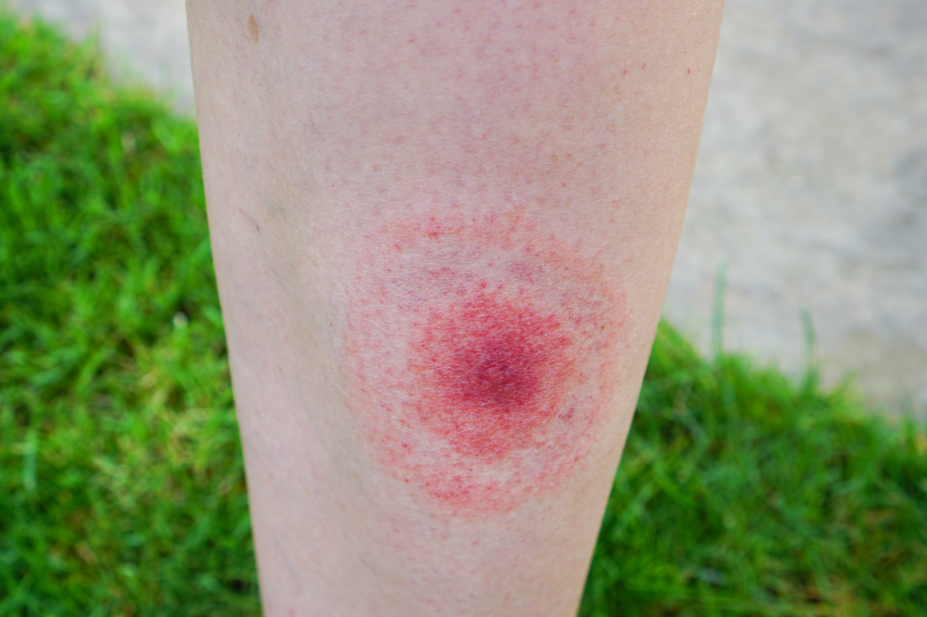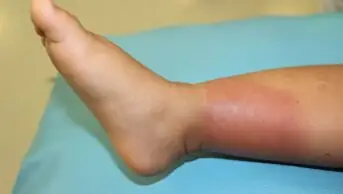
Shutterstock.com
The National Institute for Health and Care Excellence (NICE) has released draft guidelines on how to spot and treat Lyme disease.
The bacterial disease is spread by tick bites and is on the increase in the UK. When caught early, it can usually be treated easily with antibiotics but if left undiagnosed can cause serious complications including heart problems, arthritis and meningitis.
The guidelines advise clinicians to diagnose Lyme disease and prescribe antibiotics in people with the characteristic circular ‘bull’s eye’ rash known as erythema migrans, which usually appears at the site of the tick bite.
It also says that Lyme disease should be considered as a rare but possible cause of flu-like symptoms, neck pain, joint and muscle pain, brain fog and pins and needles, as well as neurological symptoms, cardiac problems and inflammatory arthritis. Patients with symptoms of Lyme disease but without erythema migrans should be given laboratory tests to detect antibodies against the infection.
However, the guidance also cautions against diagnosing Lyme disease in the absence of symptoms, a supportive history or positive testing, which could result in inappropriate treatment and missed diagnosis. Tick bites can result in rashes that are not indicative of Lyme disease, it reminds clinicians.
“Lyme disease may be difficult to diagnose as people can have common and unspecific symptoms, like a headache or fever, and they may not notice or remember a tick bite,” said guideline committee chair Saul Faust, professor of paediatric immunology and infectious diseases at the University of Southampton.
“Our draft guidance will give GPs and hospital doctors clear advice on how to diagnose if they think Lyme disease is a possibility.”
The guidance is out for consultation until 6 November 2017.


